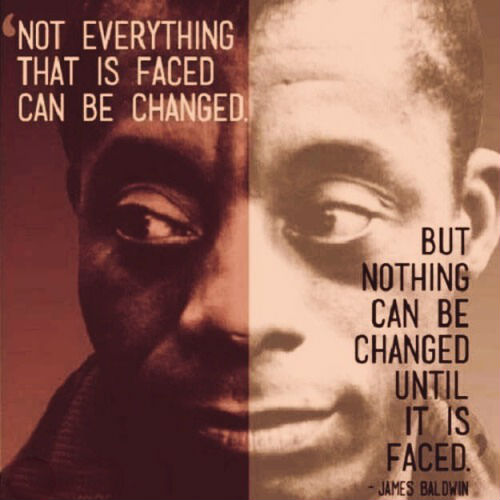#TBT - Grassroots Distribution: Defining Grassroots
John Tintori
Last week, we revisited Josh Penn and Michael Gottwald's white paper on Grassroots Distribution to look at the challenges posed by "grassroots distribution." This week, we take one more step back to define what "grassroots" means, especially in the context of independent filmmaking.
We got close to a definition by remembering Josh and Michael's claim that, "in order for that film to stay alive, it needs to be supported by constant work, strategy, effort, enthusiasm on the part of the filmmaker and the filmmaker's team," but that is just the beginning.
For most people, and for Josh and Michael initially, grassroots has well, roots, in community organizing as well as social and political movements. In order to make more sense of an elusive term, Josh and Michael interviewed Jeremy Bird, 2012 Obama For America Field Director and student of Marshall Ganz. According to Jeremy, grassroots operations provide:
- Access to data and information. A surprising first descriptor, but in the context of political campaigns, it makes sense. Before the Obama campaign of 2008, campaign workers did not have access to the information they do today, which makes the 2008 phenomenon as much about the technology that was suddenly available as it was about a sea change in enthusiasm about a candidate.
- Real responsibility and goals at the local level. In other words, a palpable sense of accountability. Trusting that the larger goal would be met not by a few leaders at the very top of a hierarchy, but by each ground-level operation spread across the map doing its part to meet its own goal. And by endowing people present at that ground level with responsibility.
- The ability to scale and make your campaign accessible. Going off of the last descriptor, this means that you can take the campaign anywhere. It is not tied to some antiquated or traditional geographic centers of power. It is nimble and can move, engaging people wherever it is.
- A fundamental belief that volunteers can change the outcome. All of this grassroots, community organizing bluster is just a phony brand that is not worth applying unless you actually do subscribe to the belief that a volunteer force—someone there not motivated by wages—can move the needle towards your goal. With self-distribution of films, volunteers may be all you have available, so it’s a definite they would make a difference.
What does this mean for independent filmmakers? It could be as re-simply stated as:
- Access to data and information. Build a web presence: website, social media, available press. Apply Google analytics. Find out where your audience is and make sure you stay in touch with them. Find out how much it costs to do that, and be sure to use your resources efficiently. Knowing where your audiences are and where your money goes enables you, the filmmaker, to make advantageous partnerships with people who can and want to help you get your movie out there.
- Caveat: Data is hard to come by. Check out Colin Whitlow's writings about his Film Finance Index and quest for data transparency, and keep an eye out for a larger industry demand for better reporting to independent filmmakers.
- Real responsibility and goals at the local level. Assemble a team of people to support your film in myriad ways - on set, in the community, online, in the press. Trust those people to "spoke out" from your film's story to find access points and alignments across media channels and audience influencers.
- The ability to scale and make your (film) accessible. Bring your film to the people to help your career grow! Stewart Thorndike did this with LYLE - she released a feature for free to raise money and awareness for her next feature and it worked! Check out her interview with producer Alex Scharfman here and here. 2014 CRI Fellow Artel Great is also following this principle by bringing multicultural films to multicultural audiences via the Project Catalyst mobile app!
- A fundamental belief that volunteers can change the outcome. Make your audience your advocates! Stewart did this by converting her free-to-watch LYLE audience to PUTNEY backers. The BEASTS OF THE SOUTHERN WILD team made the immediate community the first audience and the strongest advocates. FORT TILDEN's small, committed crew converted their pride in the film into broad buzz across personal networks, creating a loosely-connected but consistently passionate conversation around the film. As Josh and Michael write, "The extent to which a grassroots entity is successful as such depends not on the fulfillment of these basic characteristics but rather on how each entity or person involved is respected, empowered, included, and, in turn, takes ownership of their part in expanding the movement."
Remember: "The structure of a grassroots entity takes the form of the Snowflake Model, with each module of organized activities both an extension from another and its own center of many others." Don't be afraid of branching out beyond your film and its narrative. A film can be many things to many people.
alk back! Have you applied these principles to your own work? What do you do to motivate the communities (paid/unpaid, professional/bystander, etc.) around your film?




















































